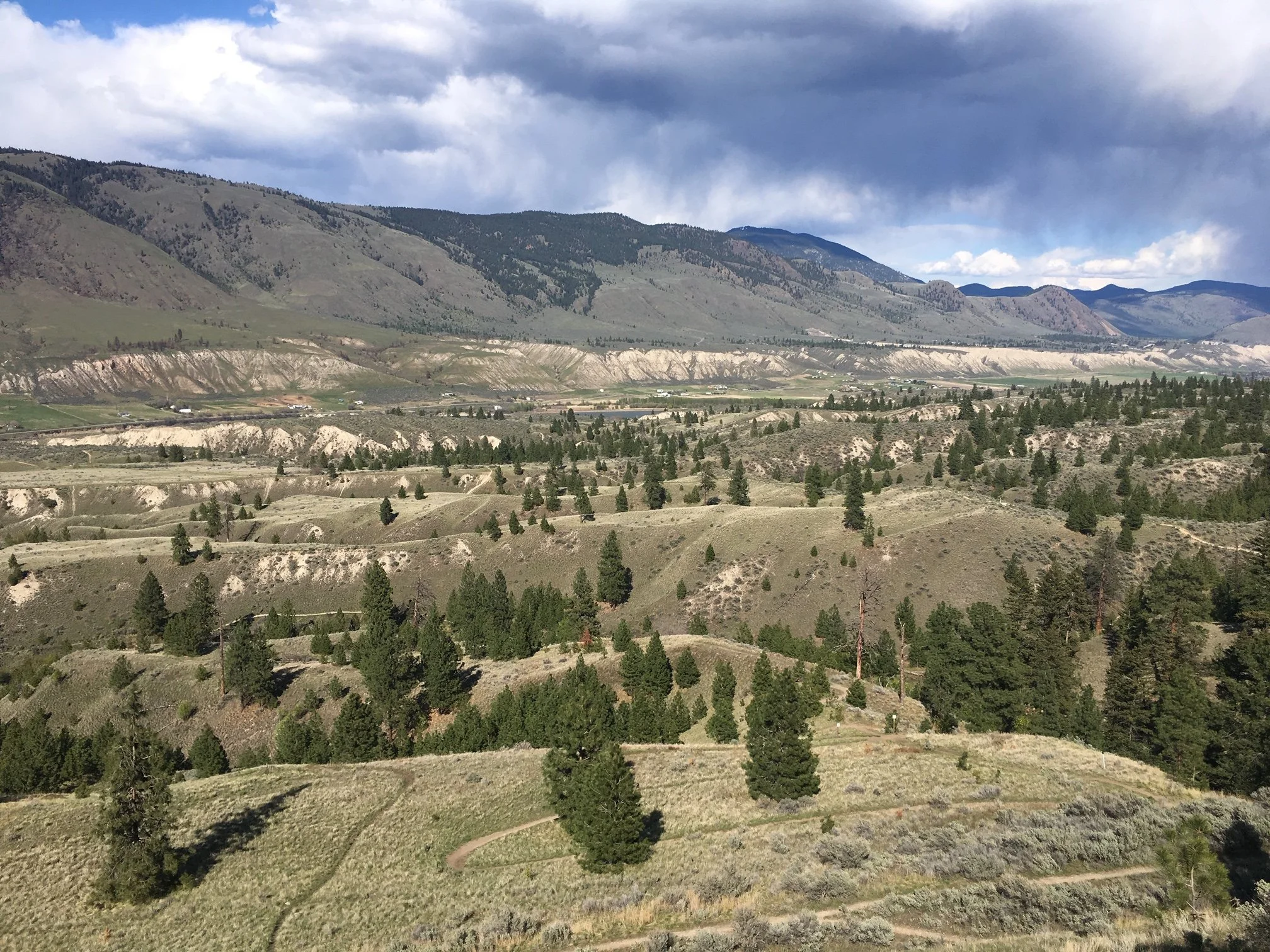Archaeology as a discipline is a social science – it is focussed on the study of past human groups through the analysis of the material remains people have left behind. It is important to remember that each uncovered archaeological site provides a direct and tangible human connection to the past. Even if the archaeological site is comprised of one single stone tool, that item was shaped, used (perhaps many times over), and then ultimately discarded or lost by a person living thousands of years ago.
It isn’t uncommon in archaeological reports and literature for the authors to focus almost exclusively on the material remains people left behind with a quantitative lens. Items uncovered in archaeological sites are described, measured, and compared. During this process, the items themselves inadvertently become the focal point of the interpretation of the past while the people that manufactured and used those items become a secondary consideration.
It is important for archaeologists working within archaeological sites and documenting the past to keep interpretations focussed on the people. One challenging, but growing, aspect of archaeological research is the discussion of children in archaeological sites. We know, of course, that children were present at most archaeological sites in BC as Indigenous populations have been inhabiting this region for well over 10,000 years and children are necessary for population growth and longevity. But detecting and documenting the presence of children at archaeological sites is not an easy feat.
Present-day Indigenous knowledge keepers and ethnographic sources from the late 1800s and early 1900s can provide insights and details pertaining specifically to children to help provide a more robust interpretation of the past. For instance, in the southern interior a useful resource is the reports produced by James Teit, a Scottish ethnographer that lived in the Spences Bridge area for almost four decades, that document many details about Secwépemc and Nlaka’pamux groups. His detailed writing and drawings provide context about day-to-day life and overarching beliefs and cultural practices.
James Teit’s anthologies provide details about the care of children, children’s activities, children’s games, and children’s participation in daily life. Many of the obvious items directly related to children do not survive in archaeological sites due their perishable nature, such as infant cradles or carriers made of birch bark or coiled basketry and buckskin. What can be learned from Indigenous knowledge keepers in communities and from ethnographic sources is the types of activities children were involved in. There are numerous examples of young children assisting with certain tasks, such as preparing food, picking berries, or fishing, and through these processes gaining important life skills.
Just like the present day, a lot of children’s games and early play revolved around building a required skillset through mimicking the behaviour of adults with child-size items. For instance, the use of miniature bow and arrow sets, baskets, and digging sticks so that children could play, and ultimately learn, invaluable techniques and strategies from their parents and relatives.
As archaeologists we know children were present at archaeological sites and it is important to acknowledge their presence, think about the transfer of knowledge between generations, and ensure the smallest members of the group aren’t forgotten in the interpretation of the past.

